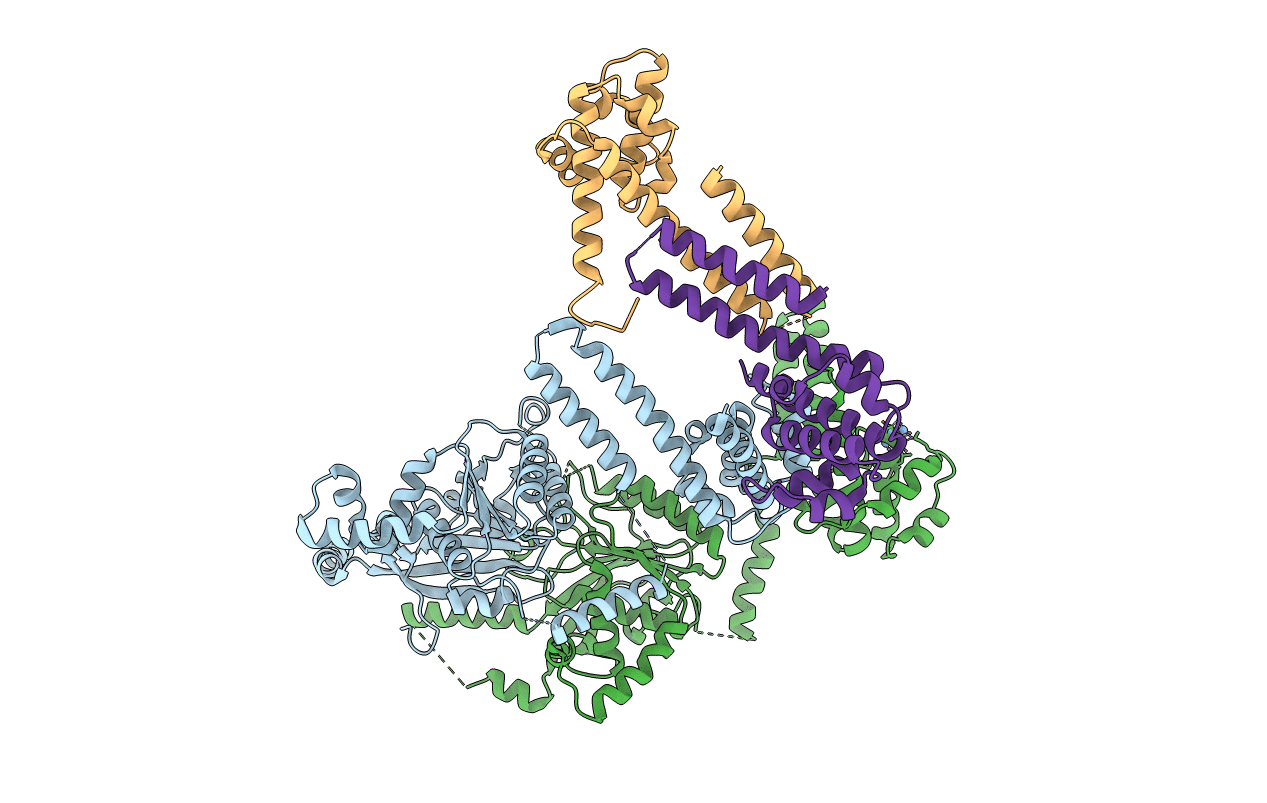
Deposition Date
2015-04-15
Release Date
2015-10-21
Last Version Date
2024-05-08
Method Details:
Experimental Method:
Resolution:
6.70 Å
R-Value Free:
0.29
R-Value Work:
0.25
R-Value Observed:
0.25
Space Group:
I 21 3


